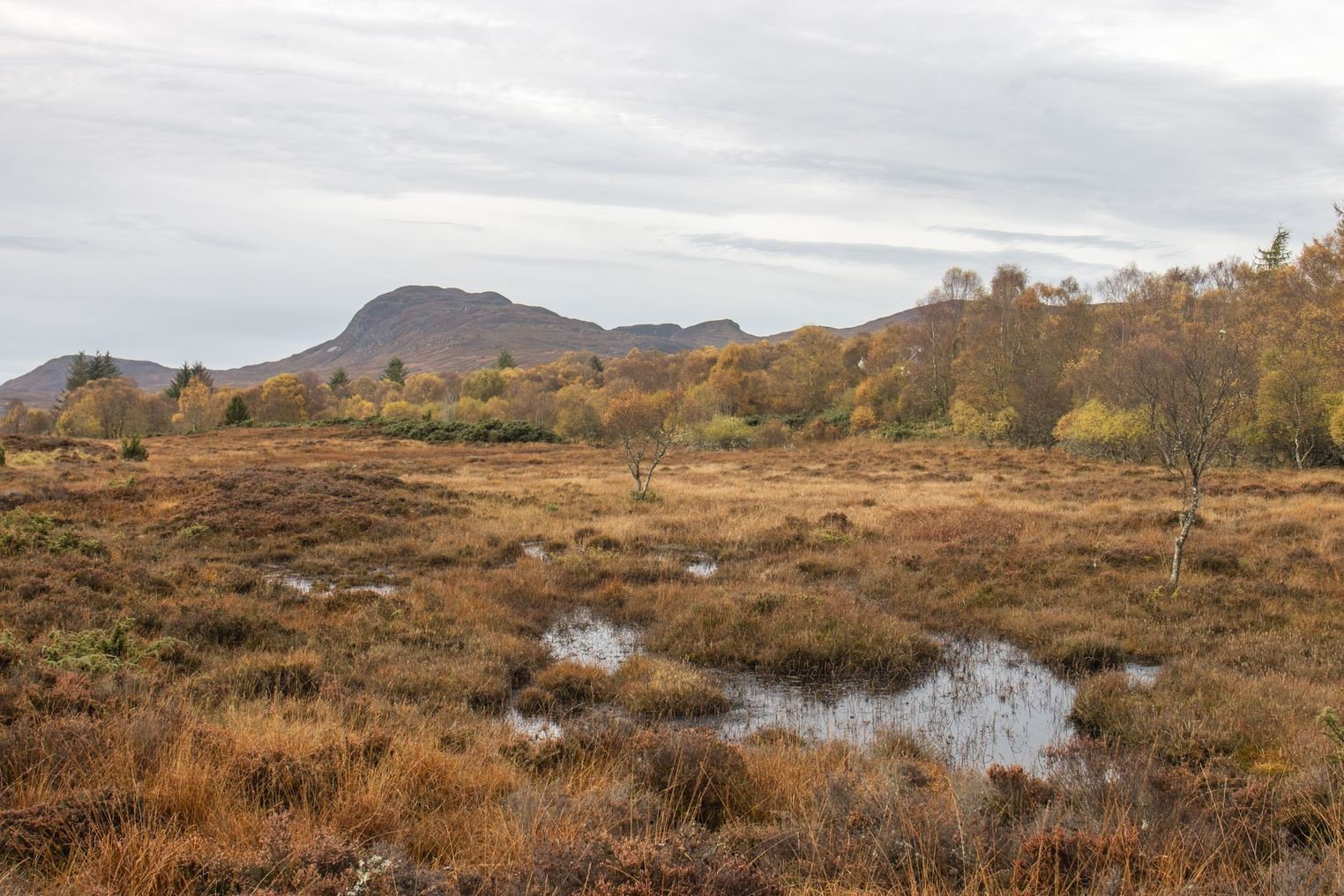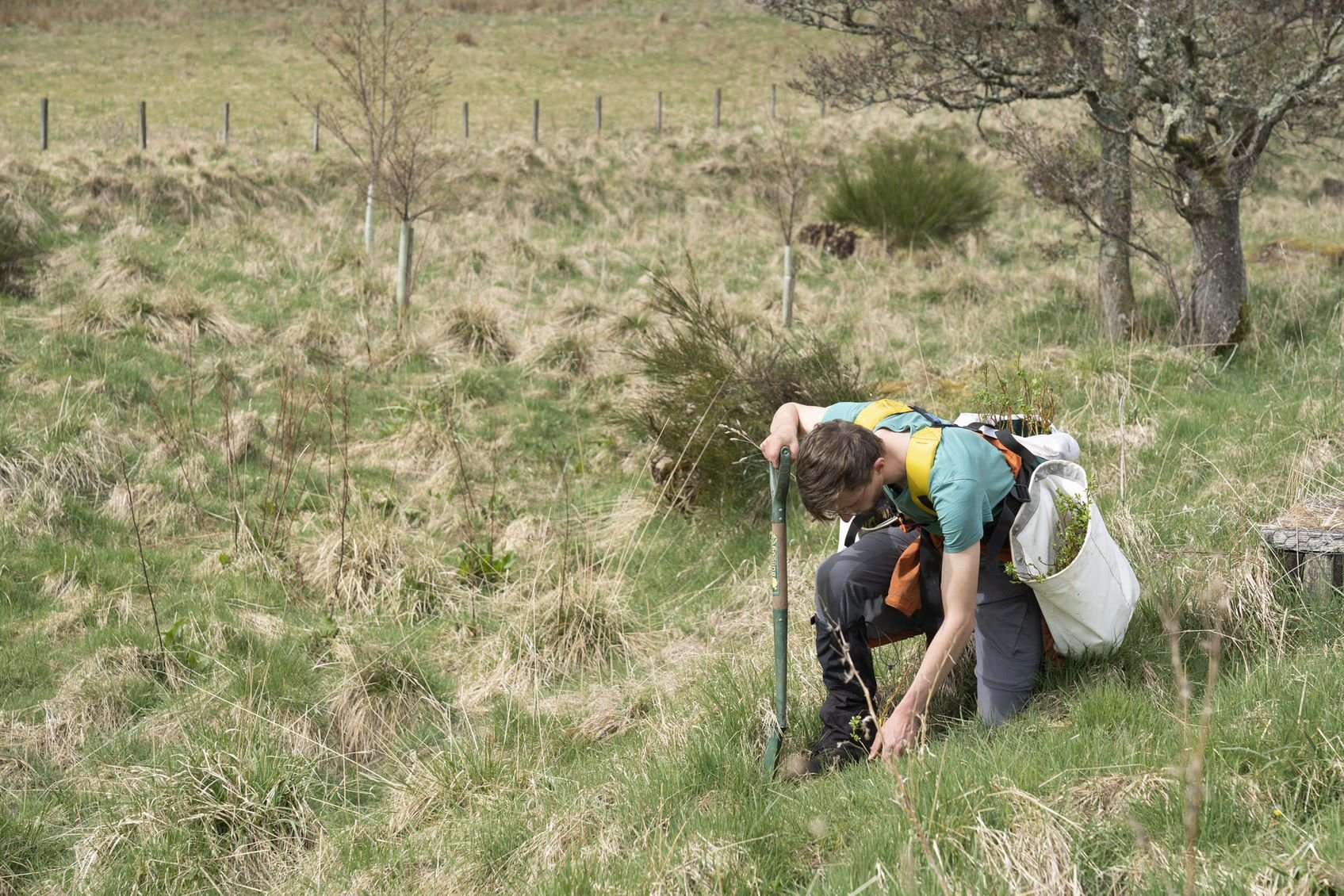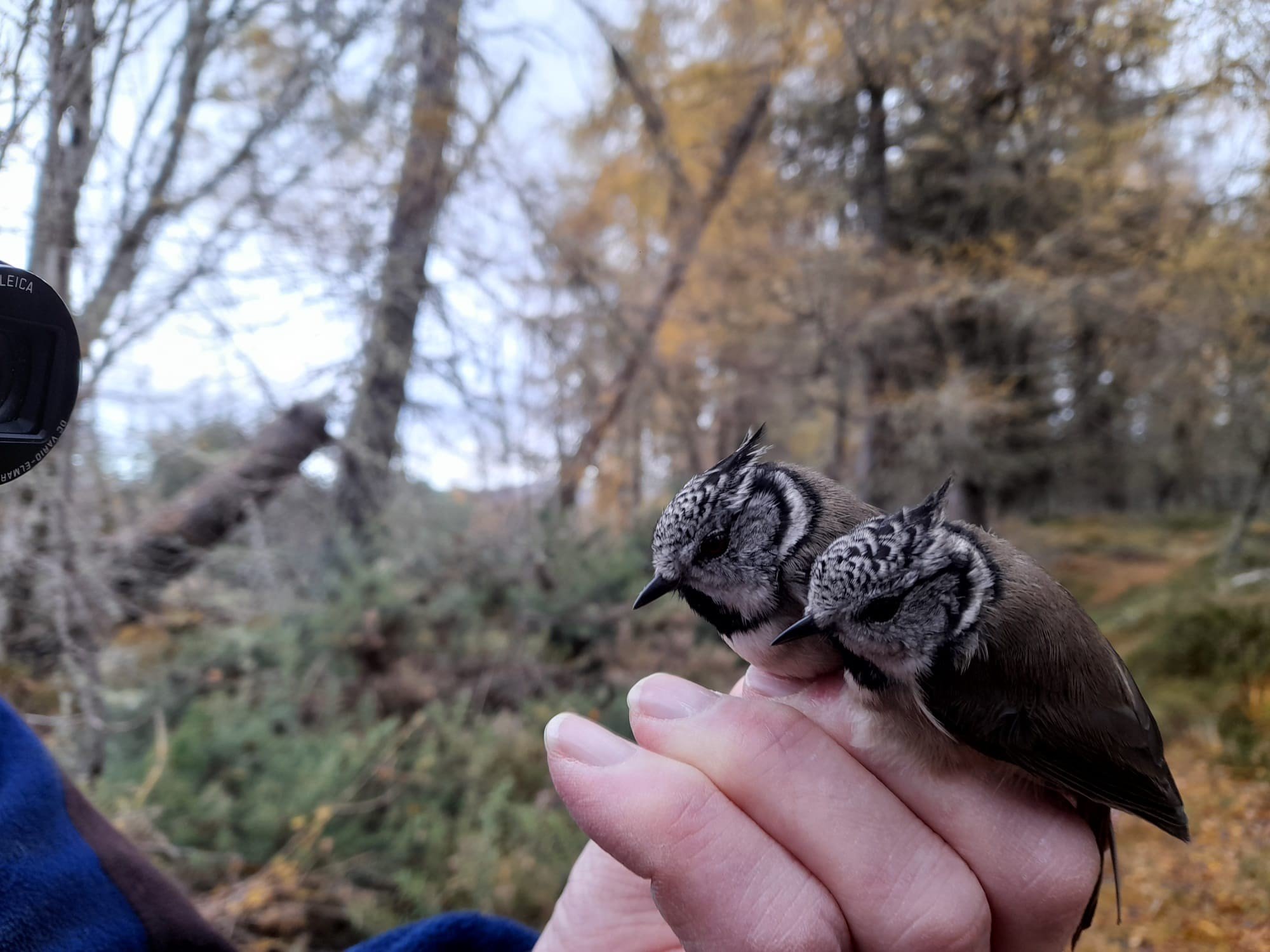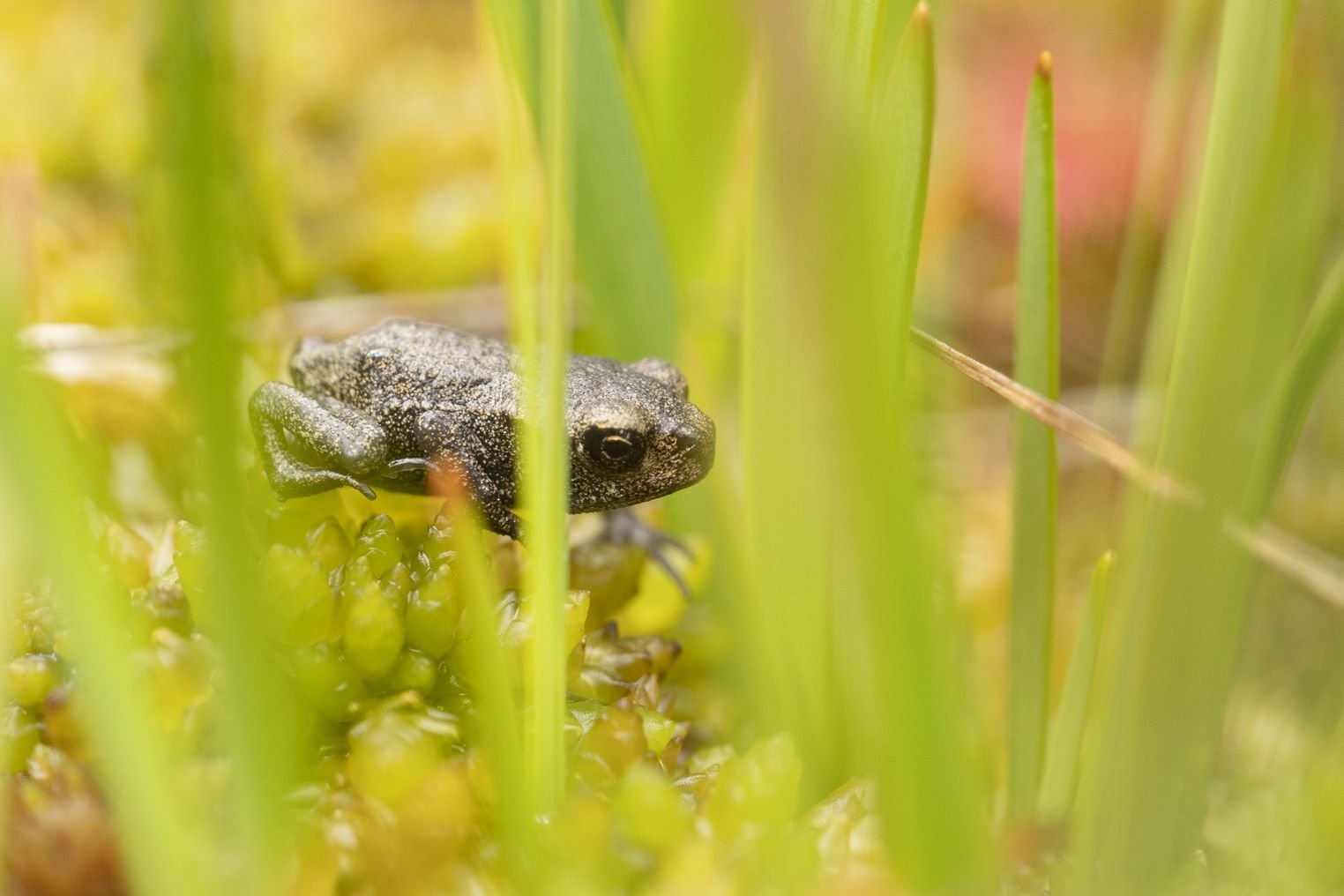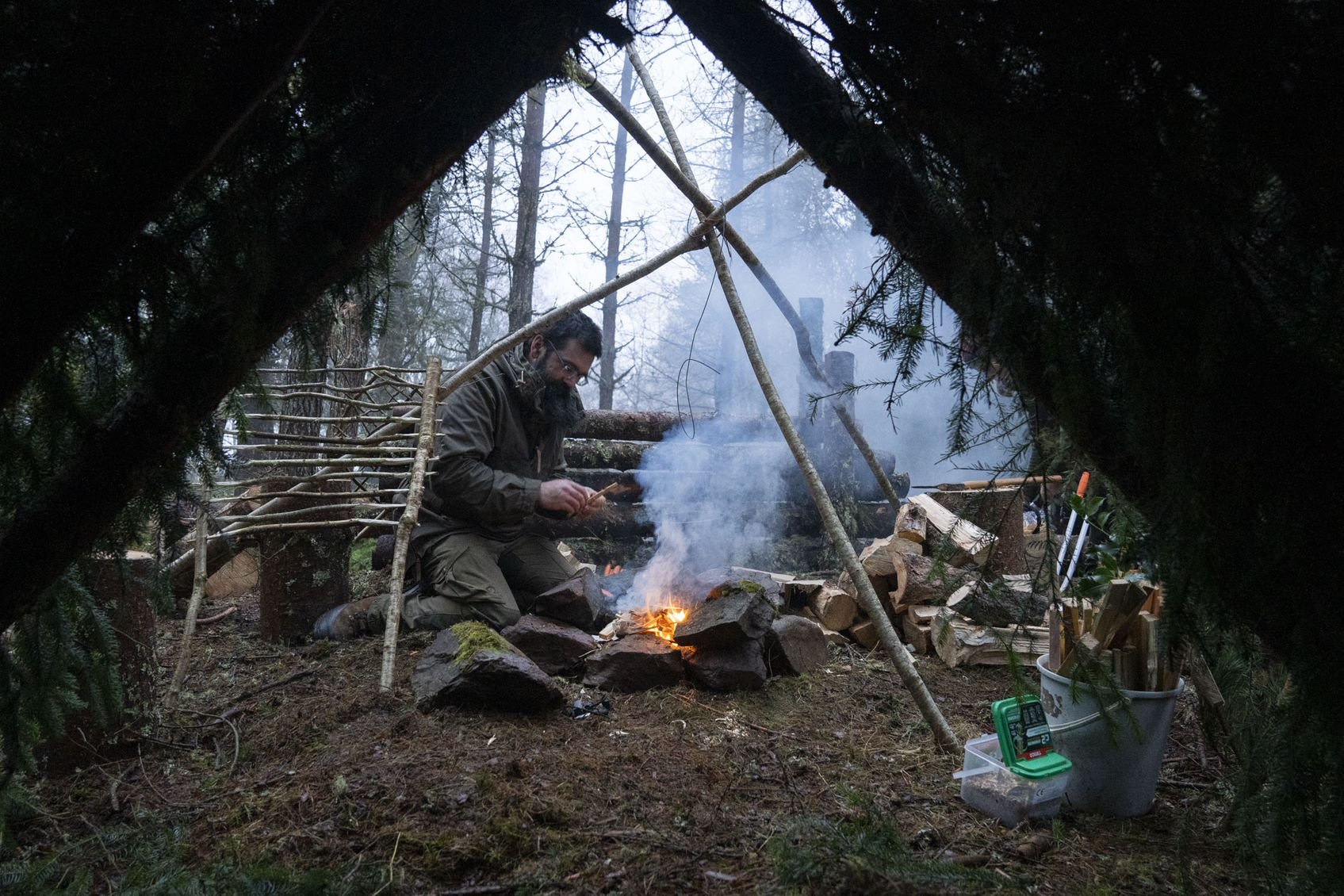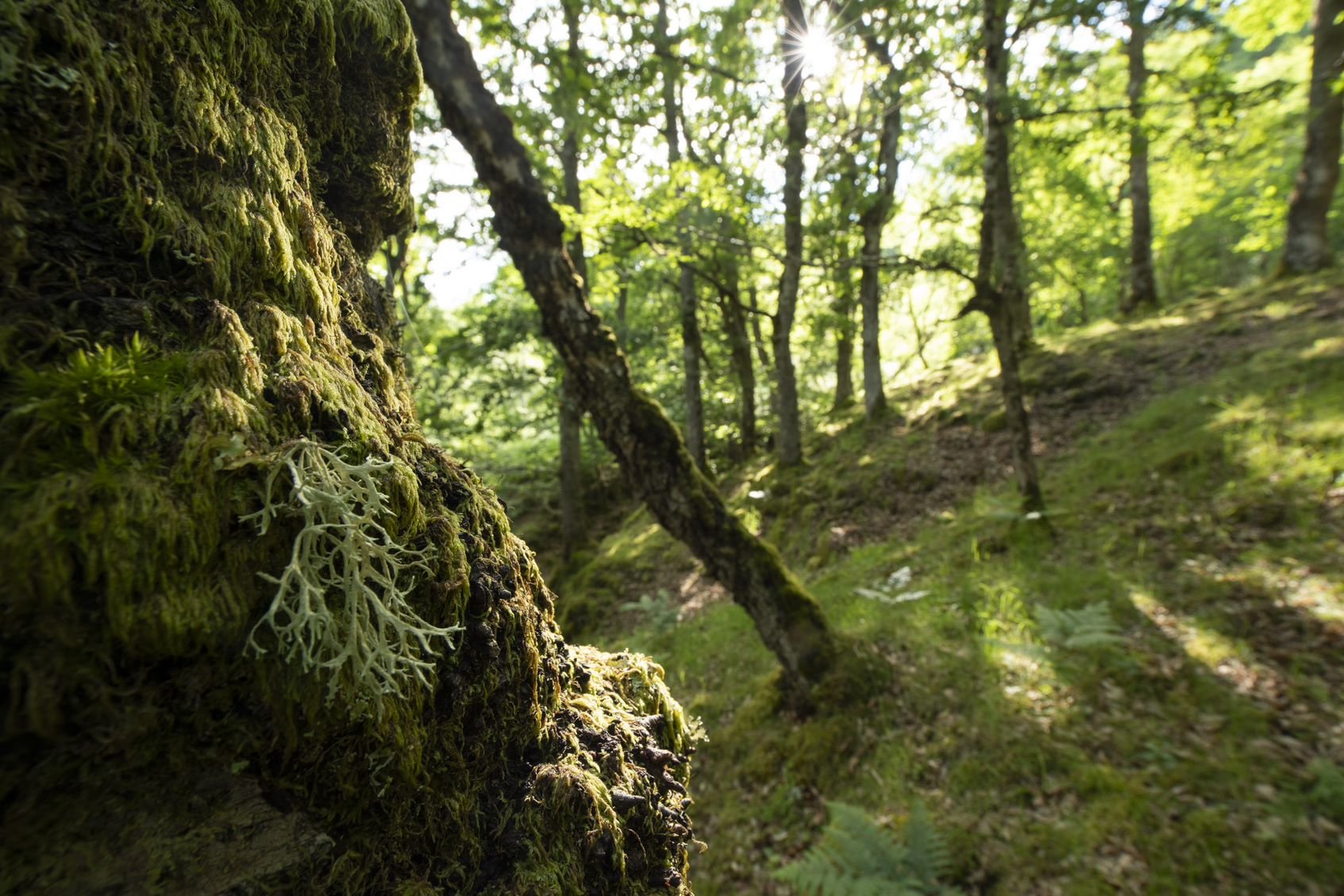Highlands Rewilding: governance and land colonialism
Jeremy Leggett
A core premise of the Highlands Rewilding model is that you can’t have nature recovery without community prosperity, and vice versa. We capture that in a mantra that we repeat over and over: “our purpose” - the reason why we exist - “is nature recovery and community prosperity through rewilding taken to scale in Scotland.”
So if you are a Highlands resident much motivated by the iniquitous inequalities built up over 400 years in this region, it is easy to understand why you might listen to that and say: OK, fine, become a charity dedicated to both things, and let local communities run it. Or if not run it, then have an absolute veto over what it does. And if you don’t, you are nothing more than a new variant of the land colonialists that have long abused us.
We have an answer to that. It starts in two further core premises of our model. The first is terror at the remorseless march of climate meltdown and biodiversity collapse, and a burning desire to help lead an effective fightback against these two, related, existential crises. The second is the certain knowledge that if we are to beat them, and help fashion a liveable world, organisations battling for nature restoration will need to help raise multiple billions of pounds.
How many billions? According to the Green Finance Institute, the Scottish government’s ambitious nature-recovery targets will require some £20 billion of investment by 2030. This is an Everest of a target, yet none of the frontline nature-recovery organisations are even in the foothills of it, as things stand. Highlands Rewilding dreams of being one of the first to set off - hopefully with confederates - into those foothills.
Where will the £20 billion come from? Not from government, in subsidies, given the pressures on the public purse. Nor we the people, in tax, given the cost-of-living crisis. Most of it will have to come from financial institutions: pension funds, other investment funds, insurance companies, banks and the like. Currently they sit on many trillions.
So these are the organisations Highlands Rewilding is trying hard to bring into the nature-recovery battle as allies. Without them and their billions, we lose. Society loses. We continue our collective suicidal slide towards an unliveable world, until we reach a point of no return.
But we are also trying hard to bat for, and alongside, local communities. Without them solidly involved in a nationwide pivot to nature-positive land-management, we lose. Society loses. We continue a slide towards a world where the very coherence of most communities becomes impossible.
This is how we are going about the balancing act. We are pursuing a unique model of mass ownership that has proved encouragingly popular with both sides of the equation, so far. Local community members tend to like it because it is a way to co-own local land in transition to nature recovery, because the purpose of Highlands Rewilding gives community prosperity and nature recovery equal status, and because we have begun practicing what we preach: for example most of our 22 employees have been hired locally. Scottish Government Ministers and officials tend to like it for the same reasons. Our existing investors like it because they all have social and environmental purpose in mind as well as ethical levels of return on their investments. And crucially, potential financial-institution investors tend to like it, so they are telling us, because it would give them a degree of social licence that they don’t have if they buy land in Scotland and try to manage it from afar.
If the Highlands Rewilding model is to work, two further premises are vital: governance, and profitability.
Both financial institutions and local communities will require governance of the company in a form they can trust. For the institutions trust will centre on world-class business experience among the board of directors. For the local communities it will centre on clear evidence that the board bats for rural Scotland, and their interests, to the maximum extent possible.
We believe we have begun to deliver this balance. Please see the composition of the current board on our website. In particular, two directors are faculty members at Scotland’s Rural College, SRUC. Both have strong business experience, and long experience of working/living in the Highlands. In terms of residence and work, current and past, the board is entirely “of the Highlands”. None of our founding-funder investors, invaluable to us as they are as an informal advisory group, sit on the board. Equally, neither do any of our local community leaders, invaluable as their advice is to us too.
Profitability is axiomatic in the model. If we don’t operate profitably, we fail on four fronts. First, we fail to meet payroll and deliver other forms of prosperity to our local communities. Second, we let down the shareholders who have trusted us with their money. Third, we have no chance of becoming a magnet for financial institutions investing on the scale the planet needs. Fourth, we fail to set an example that will help persuade other land managers to pivot their practices to nature positivity.
Our model occupies ground somewhere between full land ownership by the community, and the so-called green laird model where companies or other organisations outwith the Highlands buy huge tracts of land and try to operate them from afar, offshoring most of the profits. The beating heart of the model is its effort to begin mobilising capital on the scale needed to survive biodiversity collapse and climate meltdown, meanwhile protecting and enhancing community prosperity.
How does the community-prosperity contribution work, beyond local jobs, locally-produced food from regenerative agriculture, and open-air classrooms for local schools? Examples begin with land sold at cost to local building co-ops for affordable housing, ideally for workers on the estates and those involved with us in joint-venture micro-enterprises. Beyond that, we are looking at joint-venture clean energy production (solar, not wind). On one of our estates, Beldorney, we have a site ideal for an enterprise hub, where local micro-enterprises can site. The list goes on. It wouldn’t be one green lairds would have much interest in.
Only time will tell whether this model can work. Success would look like this. In ten years, the evolving company will be a creature of the many communities in which it will need to operate. The board that sits today will have ensured that. But it will have also attracted hundreds of millions of pounds of institutional investment to its business. Combining these two achievements, it will be one of the most hope-inspiring companies in the world.
Accordingly, those of us who work for - and currently govern - Highlands Rewilding do not see ourselves as land colonialists, but rather as an ally to local communities in fighting off the most deadly land colonialists Scotland will ever have dealt with. I speak of fire, drought, flood, megastorms, pathogens, pollinator loss and all the other nightmare manifestations of accelerating environmental apocalypse. If we don’t fight these together, hard, few local communities will be able to survive, ultimately, let alone prosper.
Don't invest unless you're prepared to lose all the money you invest. This is a high-risk investment and you are unlikely to be protected if something goes wrong. Take 2 minutes to learn more. Approver: ShareIn FRN 603332 [26/01/2023].


